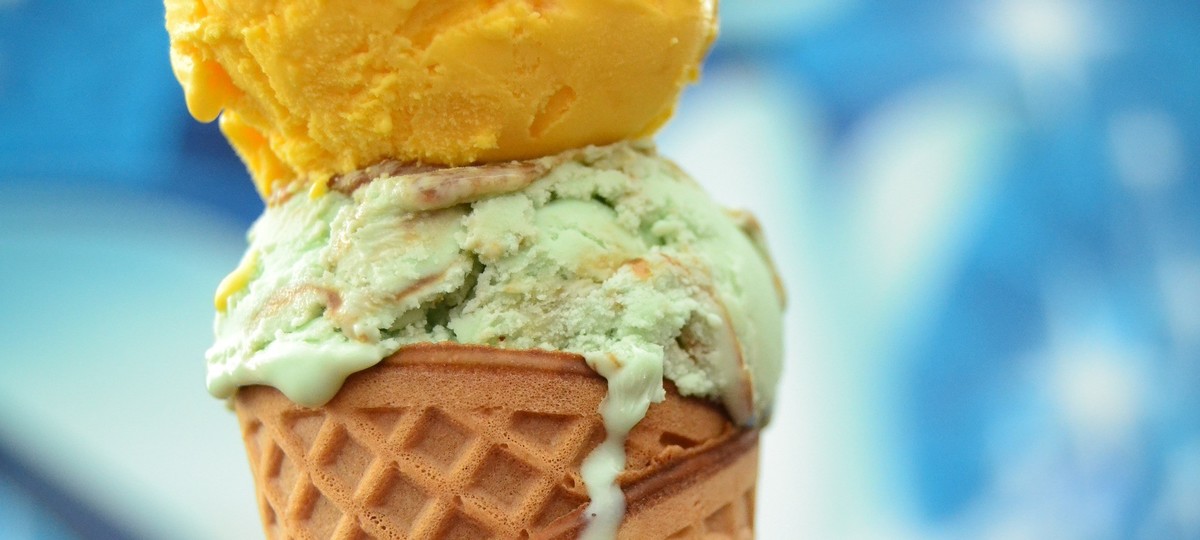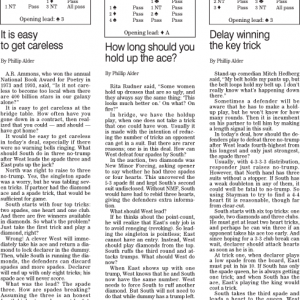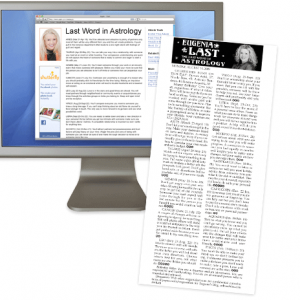Description
Attention all knuckleheads. I’m talking about those cyclists and runners who have been crowding New York’s parks, hanging out at California beaches or frolicking in Florida during spring break. It includes those hiking in large groups through trails and parks and those who had to be cleared out from New Orleans’ Bourbon Street — even after public health officials put out stringent social distancing guidelines with daily reminders.
What is behind such a major decision-making malfunction by so many people? Ido Erev is a professor of behavioral science and management at Technion-Israel Institute of Technology in Haifa, Israel. Erev is president of the European Association for Decision Making. He is a specialist in research on decision-making under threat and has an idea or two on the subject. As he explained recently to The New York Times, there are large differences between individuals in terms of how they respond to threats like the pandemic we now face.
“Everyone tends to overreact somewhat at the beginning. But then, a little experience reverses that sense in most people, and they begin to believe that ‘it won’t happen to me,'” Erev says. As time passes, they start to miscalculate the risk. As the Times reported, “people will self-isolate for a time and then, when nothing happens, they don’t get sick, they’ll begin to go out again — taking more risks than they had planned to.” I would add to the list those that made the choice to ignore the warning from the outset.
Erev says, “If you let people decide for themselves how to react, you’ll get two problematic trends: a majority taking progressively more risks with time, and a small minority exhibiting panic-like behaviors, buying out supplies.”
Both the above-mentioned behaviors do not bode well for us as a nation. We all will suffer the consequences — and not just personally. Consider Gregory Jasani, an emergency medicine resident at the University of Maryland Medical Center. In a recent opinion piece that appeared in a number of major publications (including the Los Angeles Times and Baltimore Sun), he issues a stern warning to all who disregard social distancing recommendations.
“Every person who becomes infected is another person that my colleagues and I will be called upon to treat,” Jasani writes. “Every time we interact with an infected patient, our own risk of contracting the virus increases. Even if we only suffer mild symptoms, we will be forced to isolate ourselves so that we do not pass the virus to our patients. Losing medical providers at this crucial moment is something that our healthcare system simply cannot afford to do. … On behalf of America’s healthcare workers, I implore you to stay home.”
If you require a clearer picture of what continuing to ignore this mandate might look like, consider the situation in which Italy finds itself. As recently recounted by CNN, after hundreds of thousands of Italians chose to ignore the country’s lockdown order on March 9, deaths soon spiked. Hospitals have buckled under the strain. More than 1,400 deaths were recorded over a two-day period from COVID-19.
Yet despite the shocking news from Italy, we still do not appear to have learned from their example, or, for that matter, from the lockdown experience in Wuhan, China. After the initial breakout occurred on Jan. 23rd, residents were barred from leaving the city. Public transportation was canceled. In the weeks that followed, the lockdown tightened, as authorities informed residents they could not leave their homes without permission.
As reported by NPR and other news outlets, the number of new coronavirus cases in Wuhan began to drop. Field hospitals have now closed. Workers in essential industries, such as public utilities and medical equipment, have started returning to work. Most significantly, most people under quarantine in Wuhan have not gotten sick from the disease.
I am sure we all recall how shocked we were when Tom Hanks and Rita Wilson became the first celebrities to go public as being diagnosed with the new coronavirus. Hanks and Wilson immediately self-quarantined themselves in Australia, where Hanks was filming a movie about Elvis Presley (where he is portraying Presley’s celebrated manager, Colonel Tom Parker).
After a period of silence, Hanks recently tweeted: “Hey, folks. Two weeks after our first symptoms and we feel better. Sheltering in place works like this: You don’t give it to anyone — You don’t get it from anyone. Common sense, no?”
It feels a bit like we have forgotten what we Americans can accomplish when we set our minds to it. When our nation is in peril. It starts with the willingness to self-sacrifice.
In the earliest days of the outbreak of World War II, panic gripped the country. Food, gas and clothing were rationed. Communities conducted scrap metal drives to help the war effort. We were stretched to our breaking point. Industries mobilized to meet the threat. As pointed out by History TV network’s website, “This fear of attack translated into a ready acceptance by a majority of Americans of the need to sacrifice in order to achieve victory.”
Eventually, as an alternative to rationing, Americans began planting and growing victory gardens. By 1945, an estimated 20 million such gardens were in bloom across the land. They accounted for about 40% of all vegetables consumed in the U.S. at the time.
As we hunker down to a new way of living, sheltering in place, maybe reviving victory gardens could be a good way to regain a little control in the situation while improving our health and sense of well-being.
Write to Chuck Norris (info@creators.com) with your questions about health and fitness. Follow Chuck Norris through his official social media sites, on Twitter @chucknorris and Facebook’s “Official Chuck Norris Page.” He blogs at http://chucknorrisnews.blogspot.com. To find out more about Chuck Norris and read features by other Creators Syndicate writers and cartoonists, visit the Creators Syndicate Web page at www.creators.com.






Reviews
There are no reviews yet.